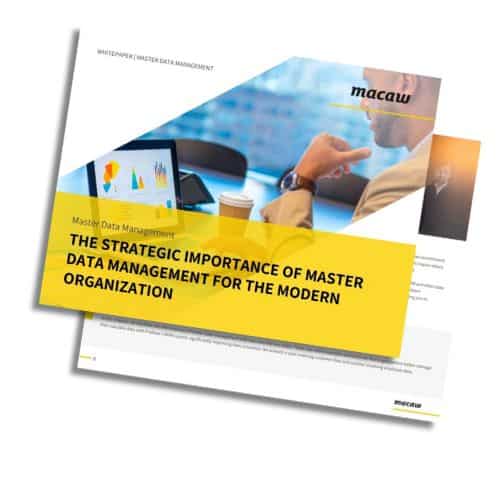While data was previously mainly used for reporting purposes, data must now be available more quickly, in larger quantities, and for various purposes. The need to exploit the investment in data within organizations is growing. New forms of data usage are becoming increasingly popular, for example; data science, edge analytics, and customer-driven BI. Due to the breakthrough of artificial intelligence (AI) in the past year, significant demands are being placed on how data is processed and structured.
No Longer Sustainable
These forms of data usage are what organizations want to properly support. How do organizations do that? In the past, organizations collected data from one or more source systems into an operational data store. Data was then physically copied to a data warehouse to organize information and make it available for reports. This process of ‘data management’ takes a lot of time and effort and is no longer sustainable in the digital age. The amount of data has increased substantially, its diversity has expanded, and the urgent need for quick access to data-driven insights is more pressing than ever before.
Many organizations are reaching the limits of their data warehouse solution and are looking for ways to present information from various data sources to end-users in a smooth and uniform manner. But what does that look like in practice? What elements are necessary? And what benefits can be achieved?
The Step to Data Management 2.0
According to Jack Klaassen, Director of Innovations & Technology at Macaw, we will see a shift to other methods of data management in the coming years. “The major software vendors are already responding to this. Take Microsoft with Fabric, for example. Data is no longer physically copied in Fabric. The tool uses OneLake to create a virtual environment where different data sources come together without replicating data. It doesn’t matter where the data is located, what structure it has, or what technology the source system uses. All traditional steps to enrich data are therefore skipped.”
“That doesn’t mean you no longer need data management”, says Klaassen. This crucial process now takes place in one virtual environment (such as OneLake), where you set rules to determine how users can logically view the data. This makes it much clearer to secure things like data security, data governance, and data quality. Harry Boers, Business Developer: “OneLake and Fabric are the enablers to facilitate the scaling of traditional reports to new forms of data usage. Both in the current and in the future situation.”
What if You’ve Already Started?
What do you do if your in the middle of a project to replace or migrate your old data environment to the cloud? Klaassen: “That’s no problem. Your new data warehouse, but also existing data lakes, data marts, and other solutions can eventually be virtualized and connected to, for example, Fabric. The most important thing is that you have already started to extract value from data and are experimenting with new forms of data usage. Companies take that step at their own pace because they run into the limits of their current data environment. What I recommend to organizations is not to look at data management only from a financial point of view. Of course, the financial side is important to build a solid business case, but also take into account things like better decision-making and faster adaptation to changes.”
Map Your Current Data Management
What steps can organizations themselves take to embrace the new way of data management? Boers: “Start by identifying important data sources and systems within your organization. Analyze the quality of your data and map out use cases and business needs. You can do this by evaluating the impact of your current data management on various aspects such as customer satisfaction and efficiency. This gives you better insight into the data challenges within the organization and helps management and other stakeholders understand the need for improved data management.”
In the whitepaper ‘The Strategic Importance of Master Data Management for the Modern Organization,’ we go further into these steps and share tips on how you can get started with (master) data management.








